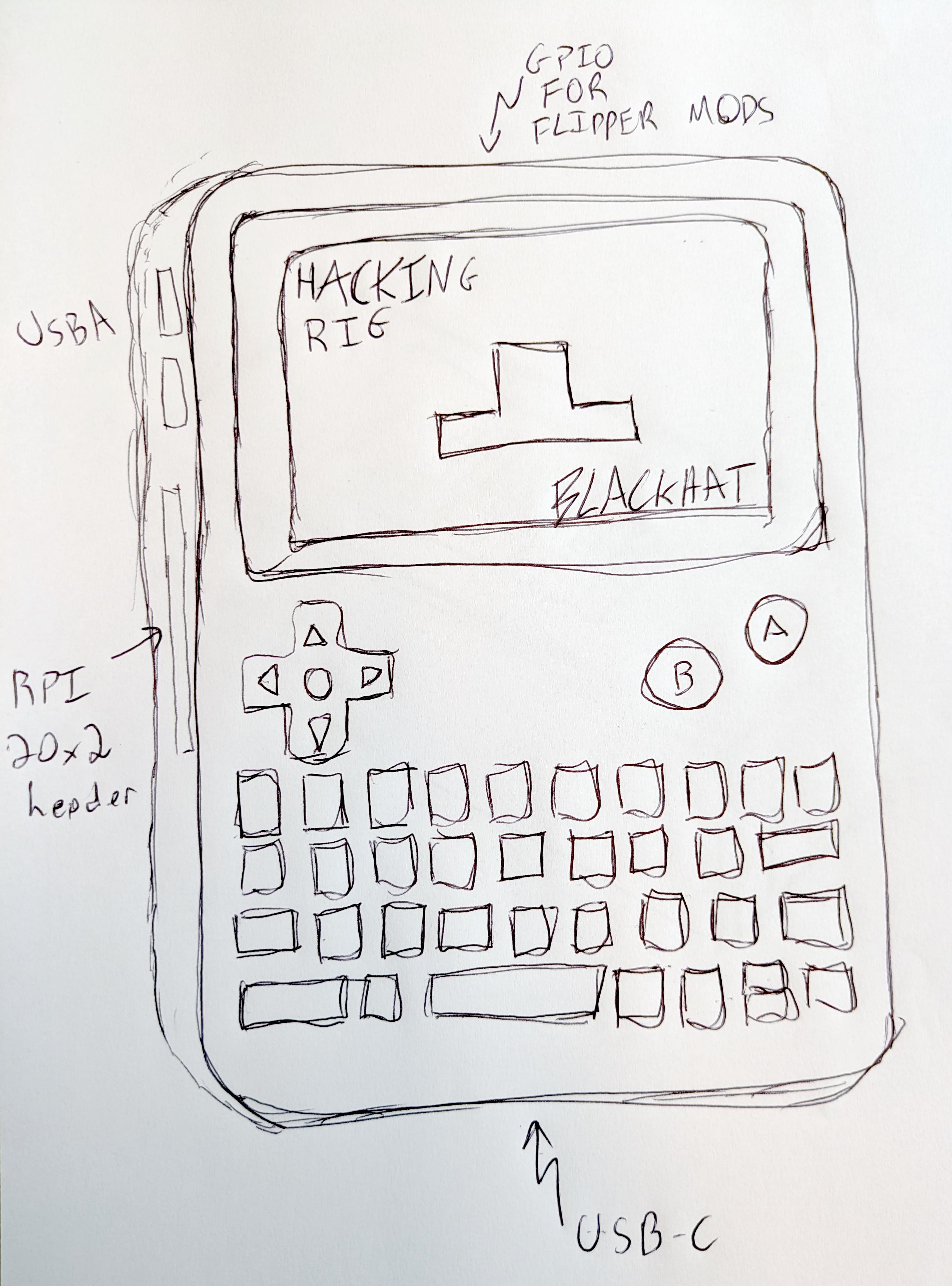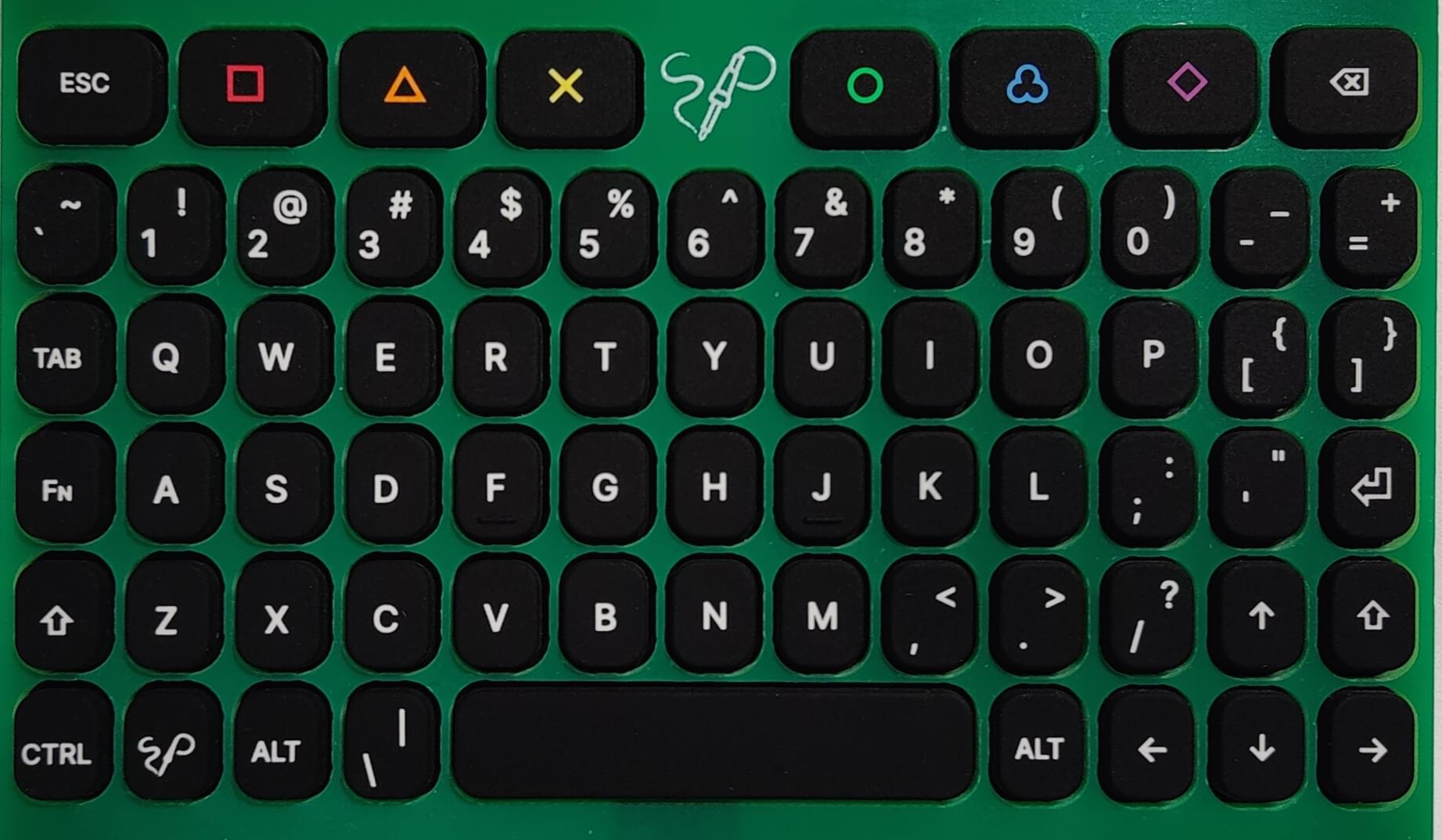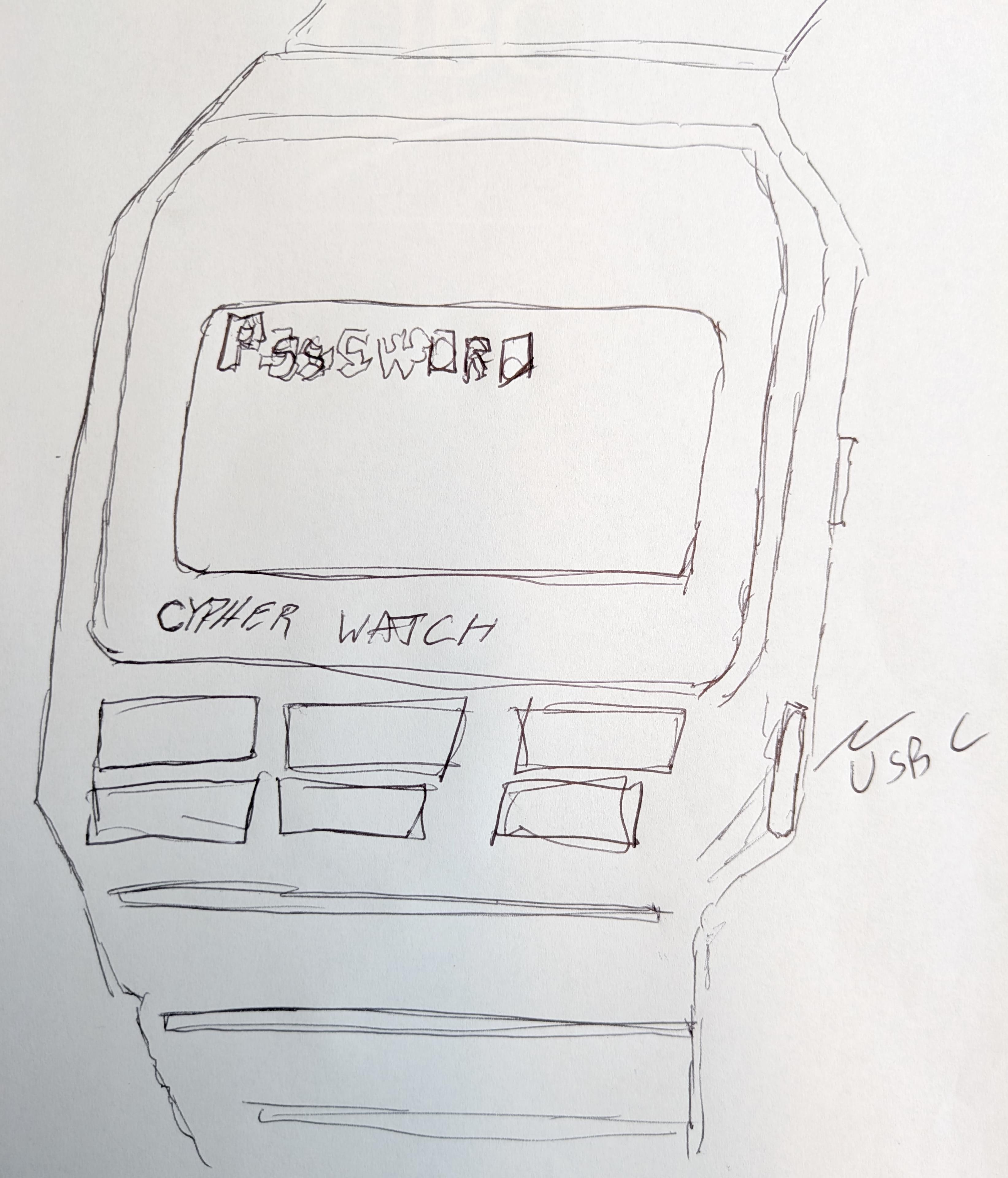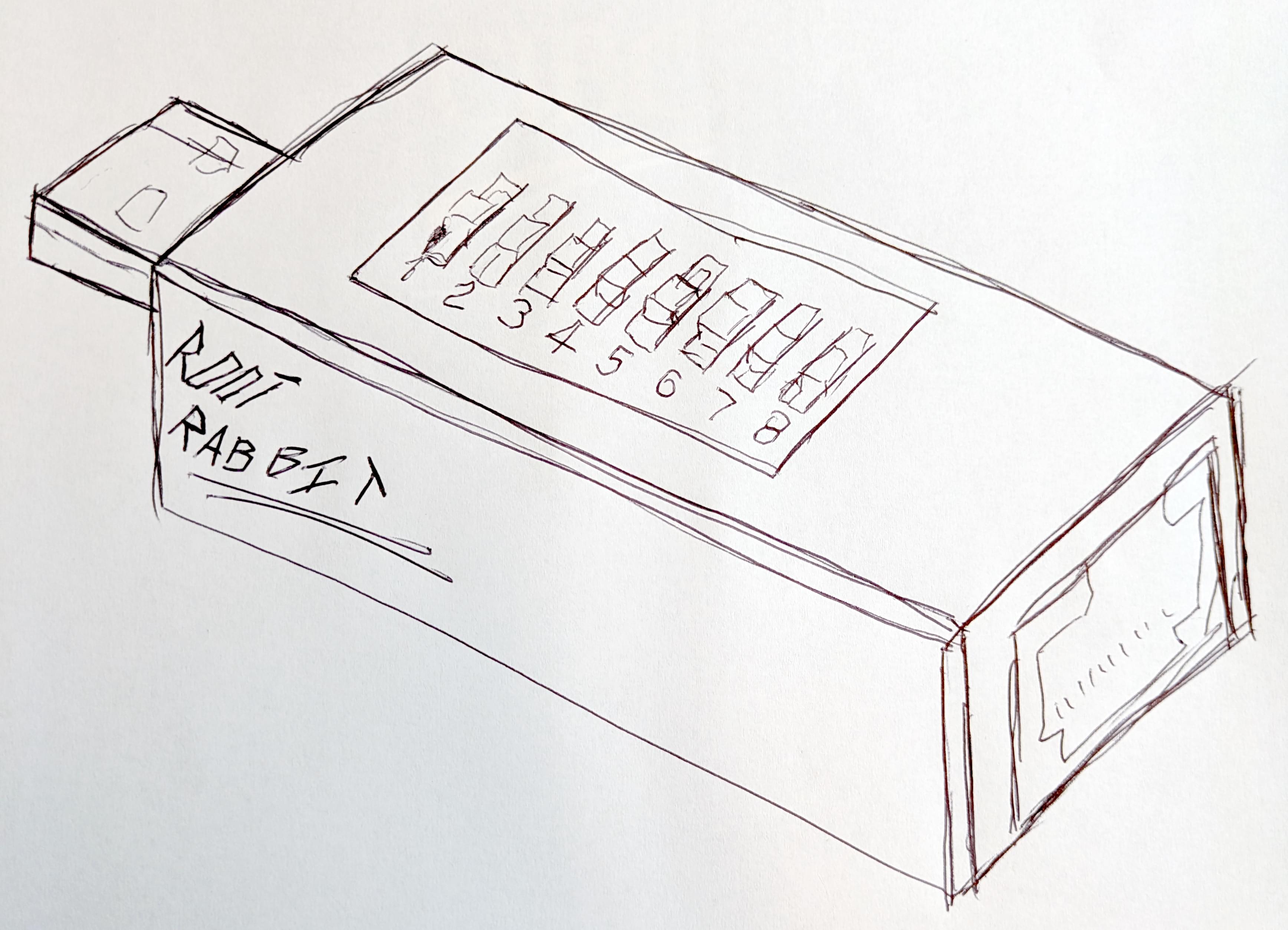Everything we do is for educational and ethical purposes only.
I build open source hardware that I want, but I won’t work on hardware nobody else wants. If people aren’t fired up, I can’t get excited, so my projects only take off when there’s real interest. I’ve got three ideas, please pick your favourite. I only have so much time, and I want to gauge interest first. They’re all cybersecurity/hacking devices, and must additionally meet these requirements:
- Purposeful: The device should solve a real problem.
- Platform over Product: Users should think “What can I make this do” over, “What can it do”.
- Educational: Users learn from it.
- Community Focused: Users should be excited, share their experiences and be part of a community.
- Open Source: My work is 100% open source. This is to reduce e-waste, empower users and provide an educational outlet.
- Legal: According to Canadian and Swiss law.
The ideas…
The Blackhat - a Hacking Rig
A handheld Linux-based computer with an emphasis on cybersecurity.

You might already be familiar with the Flipper Blackhat — a single-board computer (SBC) add-on module I developed for the Flipper Zero. This would be a stand-alone version of the device. Let’s get into the specs!
Reasonable Keyboard
You won’t have to retrain your fingers to type on this thing, no special key sequences, just a normal layout you would find on a PC. I would use a keyboard from Solder Party:

I’ve touched this thing IRL, and it feels great: super clacky and tactile. @arturo182 designed it and it’s gone into a few handheld cyberdecks already.
Additionally, I want the keyboard to be swappable, so the user can use a gamepad, trackpad, potentiometer, difference language keyboard, etc.
GPIO and Ports
I would hope to include…
Ports
- 2x USB-A
- USB-C
- Headphone Jack
- HDMI
- Micro SD
- Ethernet if it fits
- Micro SD card
GPIO
- RPI form factor 2x20 headers with compatible pinout
- Flipper Zero compatible headers
Wireless
- WiFi 2.4/5Ghz
- BT
- Lora
The Shape
- Should be “handheld”, a little larger than a GameBoy Colour.
- Powered by 2x 18650 cells.
Cypherwatch
Offline password keeper and cryptography engine on your wrist.

A watch is an ideal hardware password keeper, since these devices only really work if you bring it everywhere. I’m personally not a fan of smartwatches, so I actually wear the classic Casio F91W. Cypherwatch would be very similar aesthetically, with a monochrome screen and USB-C port. The USB port can be connected to a PC for password injection and public-key-based authentication and signing.
I would also add some other goodies like…
- Keystroke injection
- EMMC that is exposed over USB-MSD for an encrypted USB drive. You can use it for datasmuggleing (I don’t know what that is, but it sounds cool)
- Shell access to the MCU
It’s important to note there would be zero overlap with existing smartwatch functionality.
Root Rabbit
USB/Ethernet Pentesting tool.

The device features an ethernet port, a USB-A port, a side USB-C port, a DIP switch for payload selection, a battery and WiFi.
This can be used for, but not limited to:
- Virtual ethernet device
- Wireless keylogger
- Keystroke injection
- Network scanner
- Insert other hoodrat nasty exploit here
General Specs:
- Processor: SG2002
- RAM: 256MB
- Disk: SD Card
- Wireless: ESP32-C5 (5Ghz/2.4Ghz)
- Battery: Exists
What now?
There is also a discord server if you have a project suggestion, or want to engage in more discussion. Some upbeat/appreciative sentence here.








